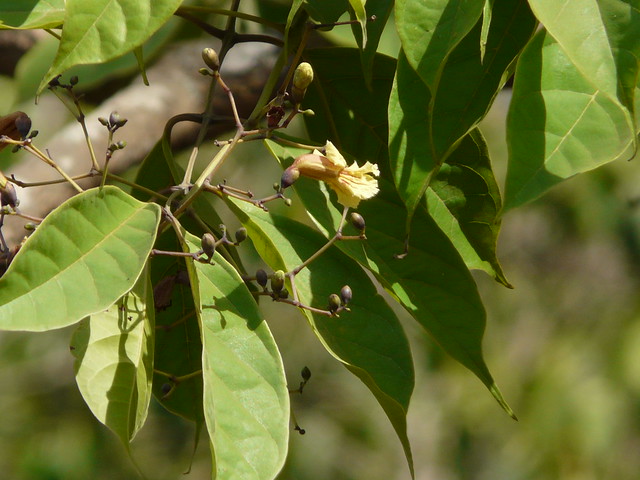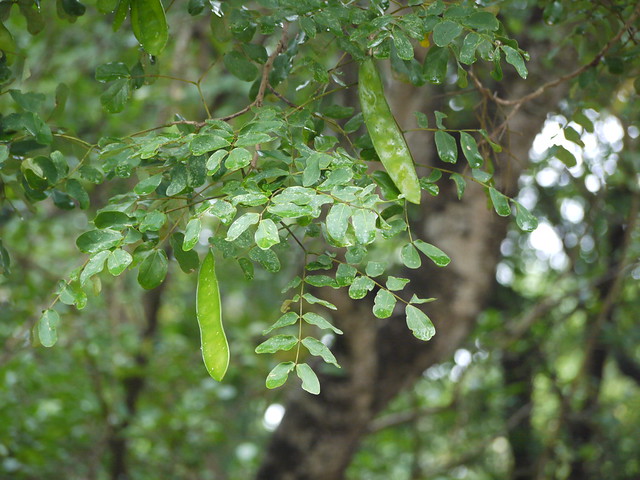In the Pali tradition Vipassi Buddha is identified as the nineteenth of the twenty-four Buddhas. Born of the father Bandhuma and mother Bandhumati in the Khema Park at a place called Bandhumati he belonged to the Kondanna clan (gotta). He was married to Sutana and had a son Samavattakkhandha.
He renounced the worldly life on chariot; and practised austerities for eight months. Then he sat on the foot of the patali tree; and just before his Enlightenment he accepted the milk-rice from Daughter-of-Sudassana-Setthi; and sat on the seat prepared for him by Sujat. He delivered his first sermon at Khemamigadaya to his step-brother Khandha and his priest’s son – Tissa. His chief attendant was Asoka. Chanda and Chandamitta were his chief women disciples. Punabbasummitta and Naga were his principal male patrons; and Sirima and Uttara were the chief women patrons. He died at the age of eighty thousand.
During the Age of Vipassi Buddha the present Bodhisatta lived as a Naga king with the name Atula; and had the privilege of having offered a golden seat embossed with jewels to Vipassi Buddha.
[See Buddhavamsa Atthakatha; Digha Nikaya ii.2ff; Dhammapada Atthakatha iii.236.]
--------------------
[http://www.flickr.com/photos/dinesh_valke/7260558208/]
Patali (Sanskrit: पाटलि)


commonly known as: yellow snake tree • Assamese: dhapatita, পৰ্ৰোলী parroli • Bengali: পারুল parul • Gujarati: પાડેલી padeli • Hindi: पारल paral, पारोली paroli, पाटल patal • Kannada: ಕಲಾದ್ರಿ kalaadri, ಪಾದರಿ paadari • Konkani: पाडल paadal • Malayalam: കരിങ്ങഴ karingazha, പാതിരി paathiri, പൂപ്പാതിരി puuppaathiri • Manipuri: মিস্সী missi • Marathi: पाडळ padal, पाडळी padali • Mizoram: zinghal • Oriya: pamphunia • Sanskrit: पाटल patal, पाटला patala, पाटलि patali • Tamil: அம்பு ampu, அம்புவாகினி ampuvakini, பாடலம் patalam, பாதிரி patiri, புன்காலி punkali • Telugu: అంబువాసిని ambuvasini, కలిగొట్టు kaligottu, పాదిరి padiri, పాటల patala • Urdu: پارل paral, پاٿل patal
Native to: Throughout India, growing in deciduous forests, Indian subcontinent, Indo-China, South China.
Yellow Snake Tree is a deciduous tree, growing to 15-20 m tall, with the trunk 15-25 cm in diameter. Large pinnate leaves are 25-50 cm long. Elliptic leaflets, 3-6 on each side of midrib, are 8-14 X 2.5-6 cm. Flowers are pale yellow, with reddish-purple veins, slightly curved, about 2 cm long. Upper lip is 2-lobed, and the lower one 3-lobed, velvety at the mouth. The fruit is long, 4-angular, curved, 30-70 cm, about 1 cm in diameter, brown, covered with white specks. The Padiri (Tamil name) tree is associated with the Padaleeshwarar temple at Tiruppathiripuliyur, Tamil Nadu. It is believed that Goddess Uma reached Tiruppathiripuliyur after worship of 1008 Shiva sthalams. She worshipped Lord Padaleeshwarar installed under a Padiri tree. After years of penance, Lord Shiva appeared and he united with the Goddess under the sacred Padiri tree, which is now the sthalavriksha of the temple.The tree is associated with the Ekapatala, sister of Goddess Uma who took only one Patala leaf for food. Flowering: May-July.
-----
MEDICINAL PROPERTIES
Plant pacifies vitiated vata, pitta skin diseases, urinary retention, kidney stones, arthritis, cough, hemorrhoids, and muscular pain.
Useful part : Root, Leaves, Flowers, Fruits, Seeds
********


